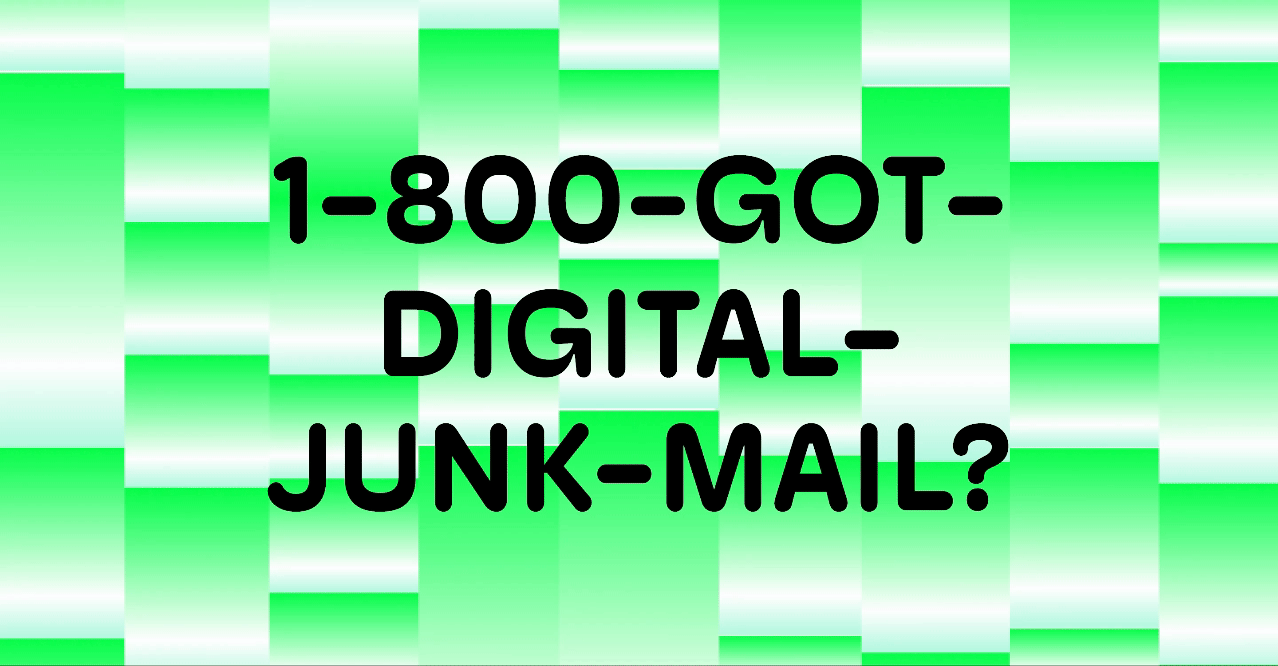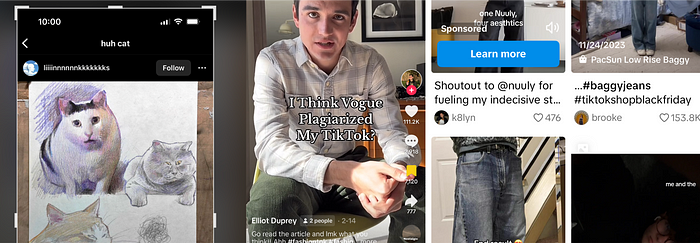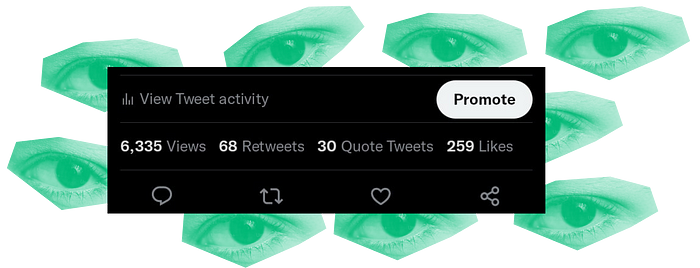

Why the internet is full of “digital junk mail”
source link: https://uxdesign.cc/why-the-internet-is-full-of-digital-junk-mail-e212fddbfbd1
Go to the source link to view the article. You can view the picture content, updated content and better typesetting reading experience. If the link is broken, please click the button below to view the snapshot at that time.
Why the internet is full of “digital junk mail”
Navigating the overwhelming abundance of online content: from poor images to disengagement.

How did you find your way to me?
It’s easier than ever to be influenced by online content but difficult to savor it. I only vaguely remember my liked posts from yesterday. This nonstop slurry of short-form, fleeting content has reshaped our online preferences, making TikTok commentary videos more memorable and viral than traditional media. In this age of content abundance, I feel dizzy, drained, and disengaged. Is there a way back to a slower, more thoughtful online experience?

User-generated content are the new “poor images” that circulate and acculmate quickly.
Rise of Poor Images
Today, our digital platforms encourage the spread of poor images. In Defense of the Poor Image (2009), Hito Steyerl describes the poor image as low resolution and quickly distributable, mocking the promises of digital technology. Steyerl uses the example of low-resolution copies of DVDs or commercial images being circulated in degrading .zip files in niche communities.
These images, stripped of context and repeatedly copied, contribute to a digital environment resembling what I’m calling “ digital junk mail.” When virality strikes, the image or concept is digitally copied over again, losing its context and open to new interpretations. If you open Instagram Reels or scroll through a Google search result you’d find grainy dark videos, compressed memes, and copied aesthetics

Please look at me. You don’t have to like me.
Disengagement due to Emphasis on View Counts
Social media platforms have found ways to rely on the distribution of digital junk mail. In 2019, Instagram created the option to hide like counts with the theory it’d increase post volume because users may feel “less self-conscious.” More recently, we saw a similar turn against the like button when Twitter (now X) added view count on posts. This shift from curation to abundance convolutes the experience causing the…
Recommend
About Joyk
Aggregate valuable and interesting links.
Joyk means Joy of geeK